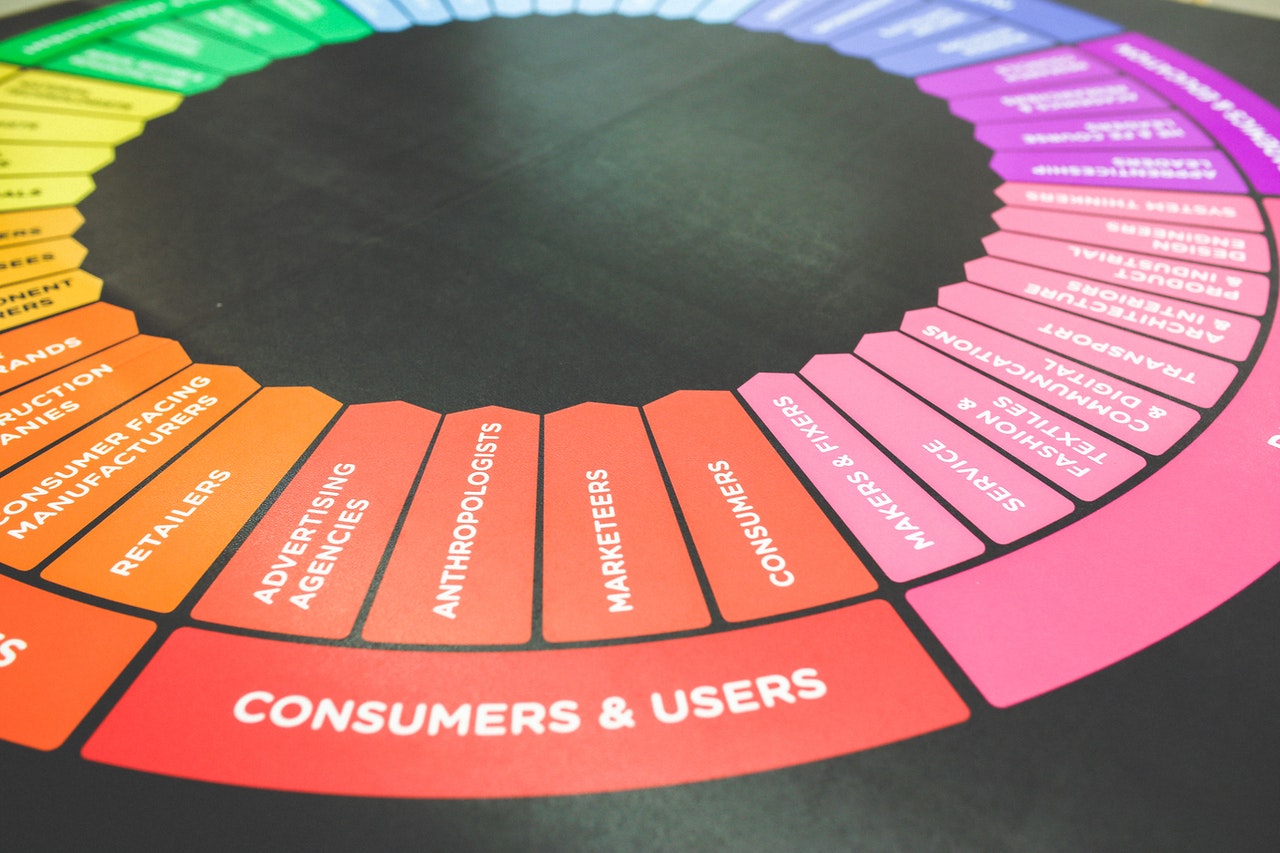Storytelling creates emotional connections that drive purchasing decisions more effectively than price reductions, while building long-term customer relationships and brand loyalty that discounting cannot achieve. Neuroscience research from Stanford shows that stories activate multiple brain regions including emotion, sensory, and memory centers, making narratives 22x more memorable than facts alone, while discount-focused marketing reduces perceived value and trains customers to wait for sales.
1. The Neurological Impact of Stories on Decision-Making
1.1 Emotional Brain Activation and Purchase Triggers
Stories activate the limbic system where emotions and purchasing decisions originate, creating powerful motivations that rational price comparisons cannot generate. Emotional engagement drives 90% of purchasing decisions while logical factors like price serve mainly to justify choices already made emotionally.
1.2 Mirror Neuron Response and Personal Connection
Compelling stories trigger mirror neurons that make audiences experience events as if they were happening to them personally. This neurological response creates empathy and personal investment that transforms passive listeners into engaged potential customers who see themselves using products or services.
1.3 Memory Formation and Brand Recall
Narrative structures enhance memory formation through sequential processing and emotional encoding that makes brand messages more memorable and accessible during purchase decisions. Stories create lasting mental associations while discount messages are quickly forgotten after promotional periods end.
1.4 Trust Building Through Vulnerability and Authenticity
Authentic stories that include challenges, failures, or personal struggles build trust through vulnerability that promotional messages cannot establish. Trust reduces purchasing risk perception while creating emotional bonds that transcend transactional relationships.
2. Value Perception and Premium Pricing Through Narrative
2.1 Value Creation Through Context and Meaning
Stories provide context that transforms commodity products into meaningful solutions with emotional significance and personal relevance. Contextual framing enables premium pricing by highlighting value beyond functional benefits through emotional resonance and lifestyle alignment.
2.2 Origin Stories and Brand Authenticity
Company origin stories create authenticity and differentiation that justify higher prices through unique heritage, mission, or founder journey. Origin narratives transform businesses from anonymous vendors into trusted partners with compelling reasons for existence.
2.3 Customer Success Stories and Social Proof
Detailed customer success narratives provide social proof while demonstrating specific outcomes and transformations that justify investment. Success stories prove value through real examples rather than abstract promises or discount-driven urgency.
2.4 Craftsmanship and Process Storytelling
Stories about creation processes, quality standards, or attention to detail justify premium pricing through demonstrated value and care. Process narratives highlight differences that matter while creating appreciation for quality that transcends price sensitivity.
3. Long-Term Customer Relationships vs Short-Term Sales
3.1 Emotional Loyalty and Repeat Business
Story-driven marketing creates emotional connections that generate customer loyalty and repeat purchases independent of competitive pricing. Emotional loyalty withstands price competition while creating predictable revenue streams and customer lifetime value.
3.2 Brand Community and Advocacy Development
Compelling brand narratives attract like-minded customers who become community members and advocates rather than one-time bargain hunters. Brand communities provide free marketing through word-of-mouth recommendations while creating sustainable competitive advantages.
3.3 Reduced Price Sensitivity and Premium Tolerance
Customers emotionally connected through storytelling show reduced price sensitivity and willingness to pay premiums for continued relationship and story participation. Story-driven brands can maintain higher margins while building stronger market positions.
3.4 Customer Education and Value Understanding
Stories educate customers about product benefits, proper usage, and value creation in engaging formats that increase satisfaction and reduce returns. Educational storytelling creates informed customers who appreciate value rather than seeking lowest prices.
4. Differentiation in Competitive Markets
4.1 Unique Positioning Through Personal Narrative
Personal and company stories create differentiation that competitors cannot replicate, establishing unique market positions beyond product features or pricing. Authentic narratives become competitive moats that protect against commoditization and price competition.
4.2 Emotional Differentiation Over Feature Competition
Stories highlight emotional benefits and lifestyle impacts that transcend functional features or specifications. Emotional differentiation creates preference based on feelings and identity rather than rational comparisons that favor lowest-priced options.
4.3 Heritage and Tradition Leverage
Stories about company history, family traditions, or cultural heritage create differentiation through unique backgrounds that new competitors cannot claim. Heritage narratives provide authenticity and credibility that support premium positioning.
4.4 Vision and Mission Communication
Compelling stories about company vision, social mission, or impact goals attract customers who share values and want to support meaningful causes. Mission-driven narratives create emotional alignment that transcends transactional relationships.
5. Content Marketing and Organic Reach Advantages
5.1 Social Media Engagement and Sharing
Stories generate significantly higher social media engagement, shares, and comments compared to promotional content about discounts or sales. Engaging content provides organic reach while building audiences that convert better than discount-driven traffic.
5.2 SEO Benefits and Content Longevity
Story-based content creates valuable, evergreen material that improves search engine rankings while providing ongoing traffic and leads. Quality content compounds over time while discount promotions provide only temporary traffic spikes.
5.3 Media Coverage and PR Opportunities
Interesting stories attract media attention and press coverage that money cannot buy, providing credibility and reach that exceed paid advertising effectiveness. Story-driven PR creates authenticity while building brand awareness organically.
5.4 Content Repurposing and Multi-Channel Use
Single stories can be adapted across multiple content formats and channels, maximizing marketing efficiency while maintaining consistent messaging. Story content provides versatile marketing assets while discount messages have limited applications.
6. Practical Storytelling Techniques for Business
6.1 Customer Journey and Transformation Stories
Document detailed customer journeys from problem awareness through solution implementation and results achievement. Journey stories provide roadmaps while demonstrating value through specific outcomes and transformations.
6.2 Behind-the-Scenes Process Documentation
Share behind-the-scenes content that reveals creation processes, quality standards, team dedication, or attention to detail. Process stories build appreciation while justifying pricing through demonstrated care and expertise.
6.3 Challenge and Overcome Narratives
Share stories about overcoming obstacles, learning from failures, or persisting through difficulties to achieve success. Challenge narratives build credibility through vulnerability while inspiring confidence in problem-solving capabilities.
6.4 Vision and Future-State Storytelling
Create compelling narratives about desired future states, positive outcomes, or transformation possibilities that customers can achieve. Vision stories motivate action while creating emotional investment in outcomes rather than focusing on costs.
7. Measuring Storytelling Effectiveness vs Discount Impact
7.1 Customer Lifetime Value and Retention Metrics
Track customer lifetime value, retention rates, and repeat purchase behavior to measure relationship strength versus one-time discount-driven sales. Story-driven customers typically show higher lifetime values and loyalty metrics.
7.2 Brand Awareness and Emotional Connection
Monitor brand awareness, sentiment, and emotional connection through surveys and social listening to assess story impact on perception. Emotional metrics predict long-term success better than short-term sales spikes from promotions.
7.3 Pricing Power and Margin Analysis
Analyze ability to maintain pricing and profit margins compared to discount-dependent competitors. Story-driven brands typically maintain higher margins while reducing price sensitivity among core customers.
7.4 Organic Growth and Referral Generation
Measure organic growth through referrals, word-of-mouth, and unpaid recommendations that indicate story resonance and customer advocacy. Organic growth provides sustainable expansion while reducing customer acquisition costs.
Conclusion
Storytelling sells more effectively than discounting because it creates emotional connections, builds trust, and establishes value that transcends price comparisons. Stories activate powerful psychological responses that drive decisions while building long-term relationships and brand loyalty that sustain business growth. The key to effective business storytelling lies in authentic narrative development that highlights customer transformations, company values, and meaningful outcomes rather than focusing on features or prices. Invest time in developing compelling brand stories, customer success narratives, and value-driven content that connects emotionally with your audience. Your stories will create sustainable competitive advantages and customer relationships that discount-driven competitors cannot replicate or overcome through price reduction alone.












